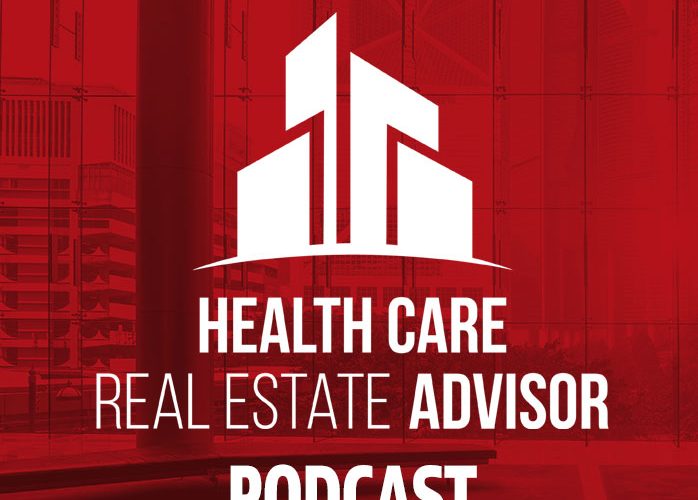Leveraging Opportunity Zones and Other Health Care Financing Tools with Jerimi Ullom and Joel Swider (Webinar)
Leveraging Opportunity Zones and Other Health Care Financing Tools with Jerimi Ullom and Joel Swider (Webinar) Do you have a hospital development project that you would love to get done but just can’t seem to find the money? Wondering if your health system can benefit from the Opportunity Zones program? Join a health care finance…
Read MorePodcast: Play in new window | Download
Subscribe: RSS

